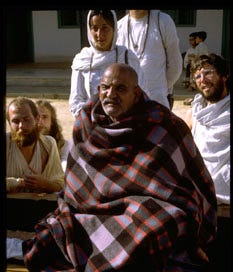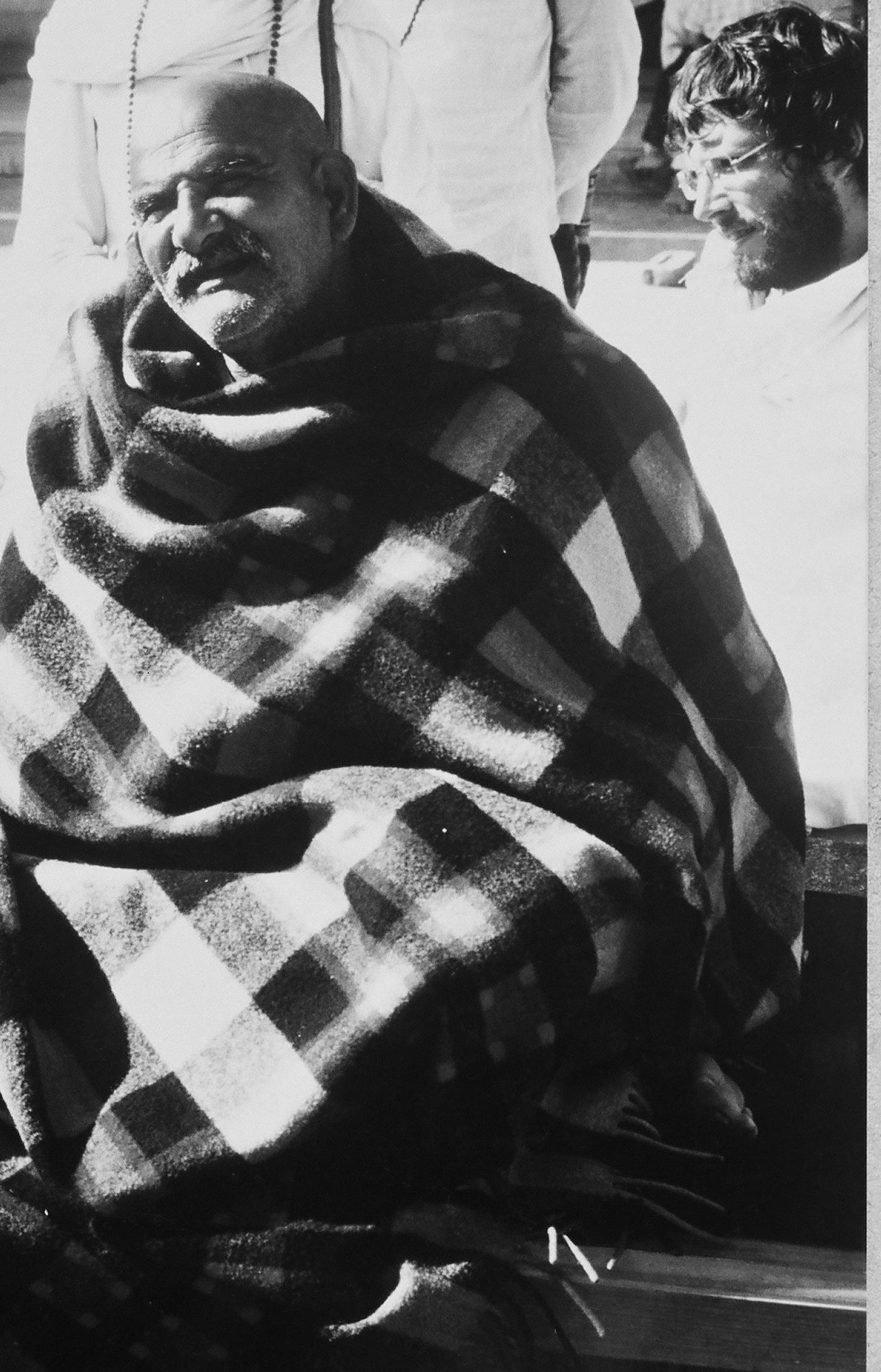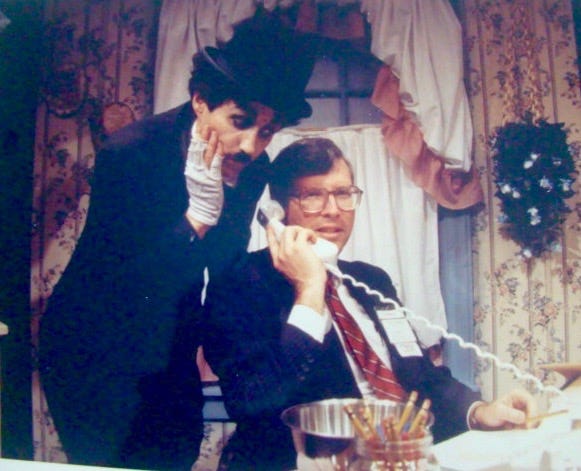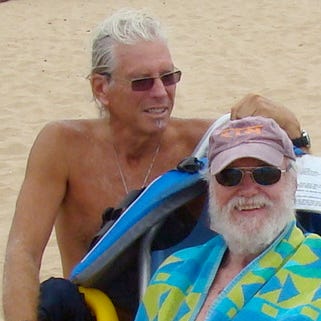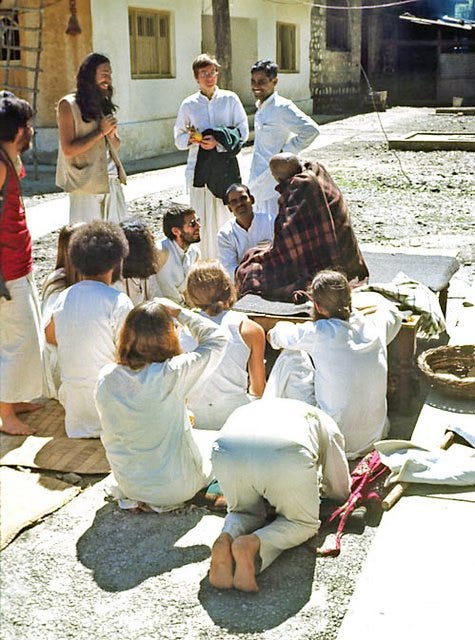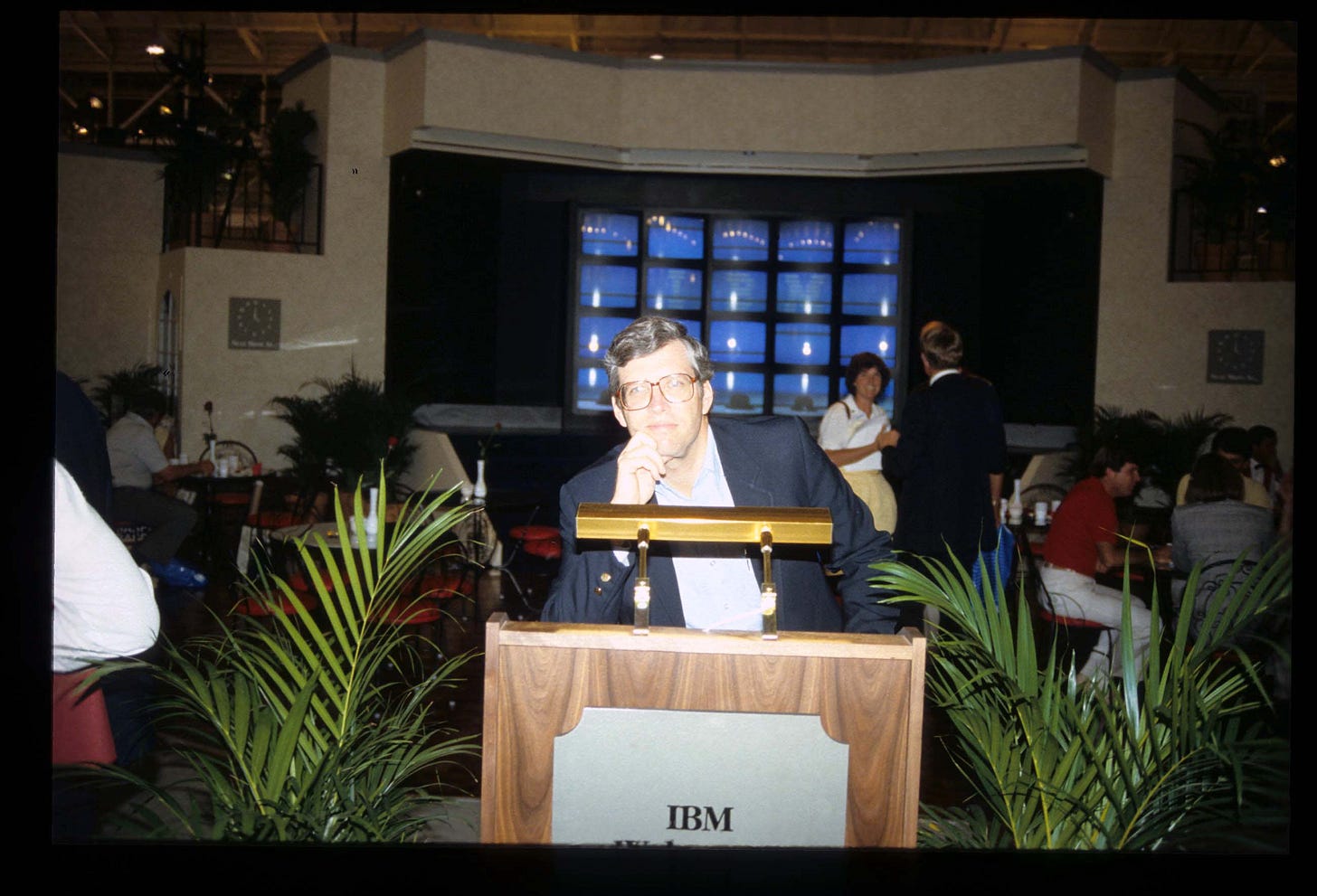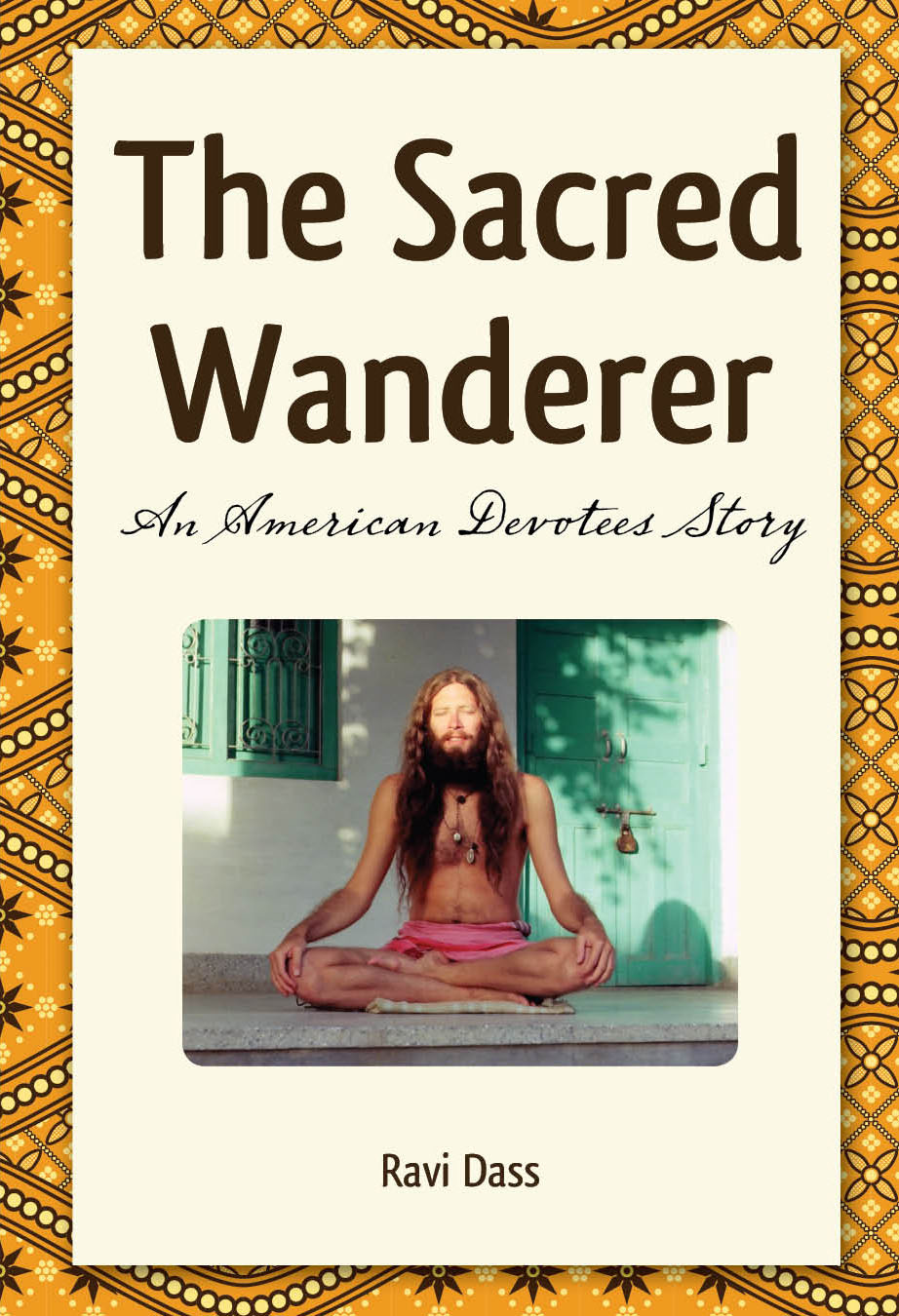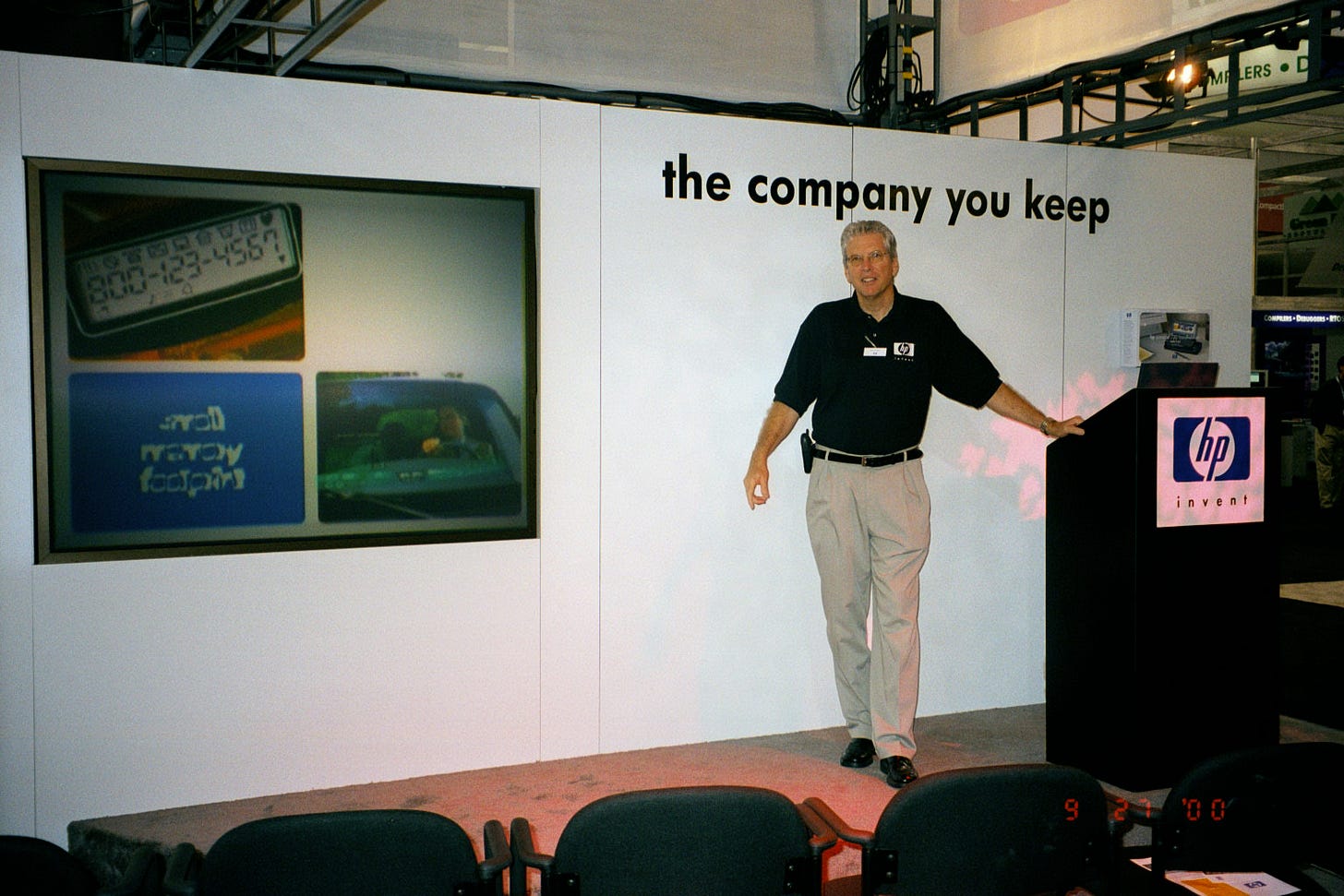First read this story. Someone sent it to me the other day and I thought it was new but it’s from 2015. I don’t know if I remember it then.
Inside the Indian temple that draws America’s tech titans
The Kainchi Dham ashram in northern India has attracted tech titans such as Steve Jobs of Apple and Mark Zuckerberg of Facebook.
By Annie Gowen October 31, 2015
BHOWALI RANGE, India — The young American arrived at Kainchi Dham ashram in the hills of northern India wearing a T-shirt and a pair of ripped jeans, carrying little. Nobody at the spiritual retreat knew who he was.
Only recently did Mark Zuckerberg reveal that he had traveled to the ashram during the early days of Facebook at the suggestion of one of his mentors, Apple founder Steve Jobs. Zuckerberg said that Jobs had come here as a college student in the 1970s and thought it would be a good place for him to mull the future of his company.
Over the years, the riverside retreat in the state of Uttarakhand has quietly attracted other tech titans from Google, Apple and eBay. Now, thanks to Zuckerberg, who was in India again this week, it is having its moment in the spotlight.
Indian media descended in droves. Attendance tripled. Train and busloads of curiosity seekers from other parts of India began arriving, hoping to get a look at what is now being called the “Zuckerberg temple.”
As with hundreds of other ashrams and spiritual centers in India, Western backpackers and tourists have come to Kainchi for decades.
But the mystery is why this modest ashram would attract such a steady stream of American tech visionaries. Along with Jobs and Zuckerberg, Google’s Larry Page and Jeffrey Skoll, co-founder of eBay, have also made the pilgrimage.
“Everybody in the world wants to go and see this place,” said Larry Brilliant, a doctor who once lived at the ashram and later became head of Google’s philanthropy division. “It’s a combination of ‘Eat Pray Love,’ know thyself and change the world.”
‘It was like seeing the sun’
Devotees say much of Kainchi’s appeal is connected to its spiritual founder, Neem Karoli Baba. The sadhu, or holy man, came to the hills from a nearby state and lived in a cave for a time — a spot preserved at the ashram and lighted by candles — before the first temple was built in 1964.
A small person wrapped in a large plaid shawl, Neem Karoli Baba normally sat on an elevated cot as followers meditated around him, offering a few kind words, a laugh and occasionally throwing fruit. His philosophy was simple — “all one.”
He exuded goodness, according to devotee Craig Mather, 64, a business analyst from Wales. When he first saw the holy man in 1973, he said, “It was like seeing the sun — dressed in a blanket.”
Jobs arrived in 1974 on a trip around India. He had a growing interest in Eastern spirituality and a classmate had met the guru and urged Jobs to meet him, Jobs told his biographer, Walter Isaacson.
But when he arrived, suffering from dysentery, Jobs was disappointed to learn that the guru had died the previous September. He spent most of his time walking around nearby villages and reading an English version of “Autobiography of a Yogi,” the story of another famed sage, according to Isaacson.
“He was searching for the same thing all of us search for, what we’re still searching for, the meaning of life, why we live, how we can do anything good in our lifetimes,” said Brilliant, who became a lifelong friend. He was also searching for raw food, as Brilliant puts it — “Where the hell am I going to get a good salad?”
Brilliant, who is now senior adviser to Skoll Global Threats Fund, lived at the ashram for three years before Neem Karoli Baba pushed him to leave and take on the smallpox epidemic. At first, Brilliant resisted.
“Every time I would try and meditate he would distract me and frequently it was by throwing fruit,” Brilliant recalled. “He hit me with flying apples a couple of times in my testicles.”
Brilliant eventually talked himself into a job at the World Health Organization and worked for the groundbreaking eradication effort.
The idea of expanding consciousness is inextricably linked with the hippie counterculture movement of the 1960s and early 1970s and those like Jobs who developed personal computers. Jobs left India after seven months but embraced Zen Buddhism and meditation for the rest of his life. More than four decades later, Silicon Valley’s biggest companies are employing “mindfulness counselors” and opening meditation rooms for digitally distracted employees.
Zuckerberg came to Kainchi in 2008, a time when his company had hit a “tough patch,” he said recently at a live Facebook event with India’s prime minister. He went to see Jobs to ask his advice.
“He told me that in order to reconnect with what I believed as the mission of the company, I should visit this temple that he had gone to in India, early on in his evolution of thinking about what he wanted Apple and his vision of the future to be,” Zuckerberg said. His month-long trip “reinforced for me the importance of what we were doing.”
Zuckerberg remains keenly interested in India, a country with 130 million Facebook users. He visited this week to drum up support for his free Internet.org service for developing countries, which has been criticized for violating principles of net neutrality.
Peace and meditation
The ashram is a cluster of three main temples, offices and simple living quarters that sits alongside the rushing falls of a small tributary of the Kosi River. There is a bare-bones routine, with morning and evening prayers along with communal meals of lentils, potatoes and rice. Devotees help around the compound, meditate or socialize. It’s quieter these days as the ashram is readying to close for the winter, and the snows descend from the Himalayas.
Nonetheless, as morning prayers began Thursday, several worshipers arrived who said they’d come by train to see the place they’d heard so much about.
One was Sheelendra Pratap Singh, 28, a New Delhi resident who said he made the trip because of Zuckerberg’s journey. Singh was searching for inspiration, too. Business at his civil construction firm is down 50 percent.
“I thought if I came here, Kainchi Dham would bless me, and business will improve,” he said.
As he spoke, the morning worship ritual had reached a crescendo. Priest and followers paused in front of a small temple dedicated to Neem Karoli Baba, chanting, beating cymbals, singing and raising their hands in the air in praise. Inside the small marble structure sits a life-like statue of the holy man, wrapped in a purple blanket, lighted with candles and incense.
The idol has a wry, twinkly expression his followers say was similar to the guru’s in life.
That’s funny, he seems to be saying, ‘you thinking you can control everything’.
Annie Gowen
Annie Gowen is a correspondent for The Post's National desk. She was the India bureau chief from 2013-2018.
OK, you read it. Takeaway, all these people are filthy rich. I always thought gold rained down on Larry Brilliant wherever he stood.
But me, filthy poor and better off. How did this happen? Ram Dass rescued me from Muktananda’s ashram in Bombay. Gave me $100 and said meet him in Delhi and he would take me to Maharaji. (That’s all in my book.) When I met Maharaji the first thing he told me I was to be like a bird, own nothing, and you don’t need any money (he didn’t tell this to others). There’s a tradition in Indian yoga where if you really want God you will sit down in the road and wait for enlightenment, seeking nothing to eat unless someone gives you something. No bed even. Try it.
Ram Dass gave some of us a monthly allowance from his foundation. So after Maharaji said this I confronted Ram Dass on the road outside the temple and said, ‘take back your money’. We argued but he convinced me to keep a little, just to pay the hotel. But did I listen to his wise words. No I wanted to be rich so I kept playing the stock market in the USA and losing. I joined many start-ups with stock options, bought HP and IBM stock, and all of them went belly-up. In Thailand he made sure whatever I had left was stolen from me by my ex-Thai wife. Now I’m one of them here.
But what did he do especially for me so I can still survive at 78 in a foreign country. He snuck me into IBM after India where for 15 years I was a communications manager with excellent evaluations. Shelly Adelson said I was the greatest show producer in America. I helped make him rich, (unfortunately). I was on the Boca Raton ESD team that introduced the IBM PC. We made IBM a lot of money. When the layoffs started they gave me early SS at 58, which now has continued for 16 years every month anywhere in the world by direct deposit. I got free medical until Medicare and now IBM sends me $3000 every year till I die for medical in Thailand which is 10x cheaper than the USA. And when I die IBM gives my family $5000 for my cremation. He’s put me in Thailand where for $450 month, my new condo is on the beach, 39th floor, I have an SUV, and a new motorbike. Did he do that for others, some, not all. Many satsang don’t like to work 9-5. People in the USA don’t respect you, also in Thailand, unless you have great wealth, not great spirituality.
So Jobs family and Mark and Larry and Google, unless you give it all away you’ll be back. I won’t even get into Bezos and other billionaires and sports stars in the USA now.

